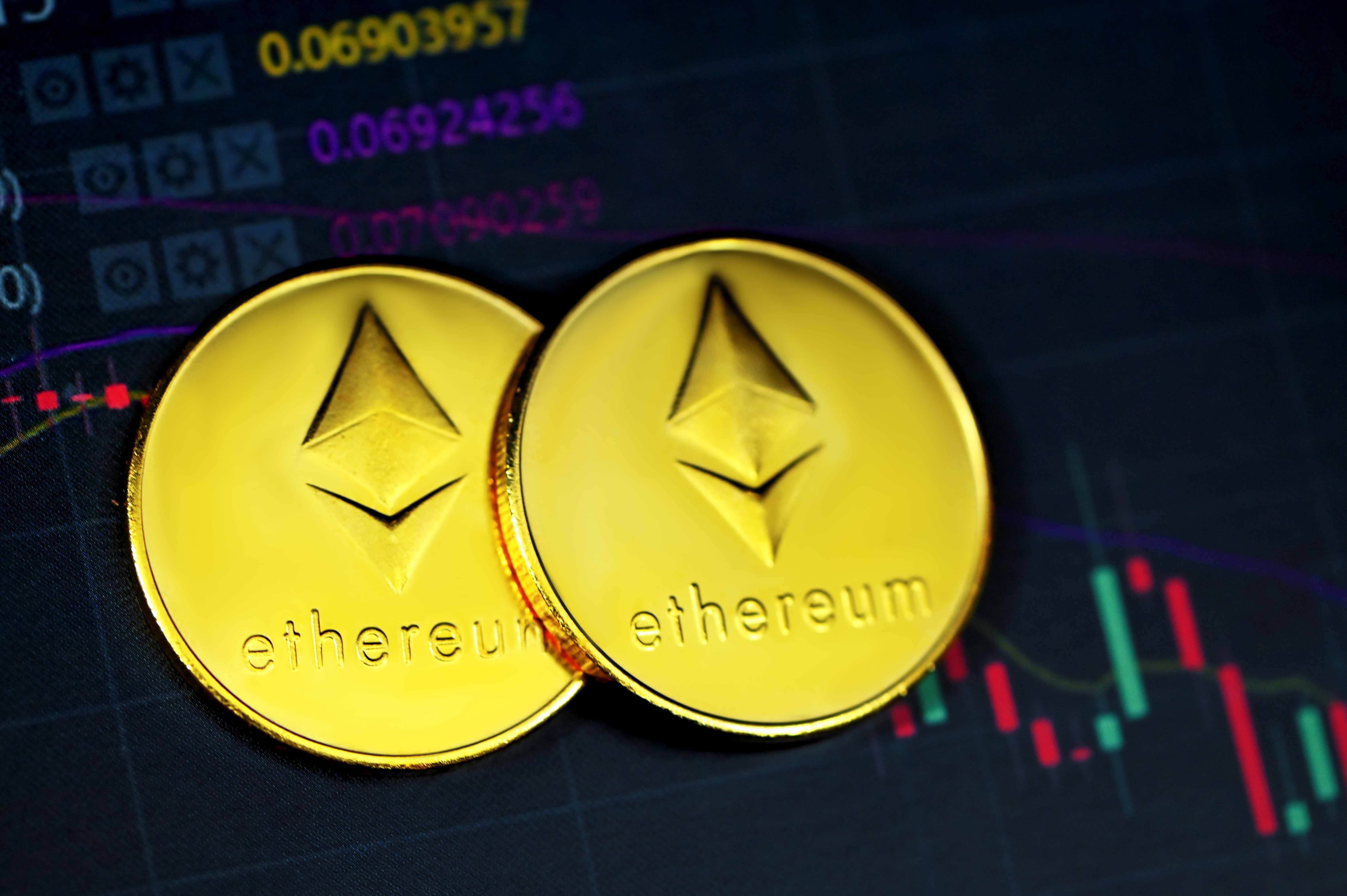The Ethereum merge is a success in terms of both the stability in block generation on the mainnet and the enthusiasm of validators. However, the ETH price fails to reach people’s expectations. As of September 28, nearly two weeks after the Ethereum merge, ETH plummeted below $1,300 and stands at $1,279, an 18.5% drop.
First of all, from a macro perspective, as the Fed’s continuous and substantial interest rate hikes push the US dollar index to a new high, capital flees the emerging market, and volatile fluctuations are observed in global market exchange rates, stock markets and bond markets. The total market cap of cryptocurrencies has fallen below $1 trillion, revealing sluggish market sentiments.
Secondly, after the merge, the block reward under PoW was canceled, and with the burning mechanism under the EIP-1559 protocol, the circulation of ETH is on the decline. But in the short term, the scarcity of ETH could not boost its asset value, and in fact, scarcity alone is not enough to do so, unless there is demand. Obviously, the current Ethereum price has not reached market expectations, largely because some investors, pessimistic about the future of Ethereum after the merge, have no intention of purchasing or holding ETH.

*As of September 27, daily Eth2 staking rewards: 1,641 ETH; Daily burnt fees: 1,784 ETH
Also, this merge fails to solve the long-standing problems of high gas fees and congestion, which largely explains why some investors are still watching at this stage.
However, many analysts said that Ethereum's next upgrade, the "Shanghai upgrade", may turn the tide, which is also one of the most noteworthy Ethereum hard fork upgrades after the "London upgrade". In the "London Upgrade", Ethereum introduced the revolutionary EIP-1559 protocol to improve the original transaction fee mechanism and effectively reduce the inflation rate of Ethereum through the burning mechanism. So what changes will the much-anticipated "Shanghai upgrade" bring? Can it help Ethereum make a comeback?

With these questions in mind, let's first look at the new functions that the "Shanghai upgrade" may bring.
First of all, according to multiple sources, the most likely function to be launched is the withdrawal of staked ETH, which is also the function that Ethereum validators want most. Since its launch in December 2020, the Beacon Chain had attracted a large number of investors to deposit more than 32 ETHs, a signal of investor confidence in the merge. However, the current staking mechanism only allows deposit, not withdrawal, and the decreasing price has somewhat dampened the market confidence.
According to official data, there are currently 436,883 validators on the network, with a total staking amount of 14,778,471 ETH worth over $19 billion.
If the EIP-4895 proposal, which is to determine the main process of withdrawal from the Beacon Chain, is successfully deployed in the "Shanghai upgrade", the withdrawal of staked ETH will be allowed.


In addition, the "Shanghai upgrade" may also deploy the EIP-4844 proposal, a new sharding design proposed for Ethereum by Ethereum founder Vitalik Buterin on Twitter as early as March. Proto-danksharding, the step before the scaling solution danksharding, is expected to increase the scalability of Layer 2 rollup by up to 100 times, reduce L2 costs, and pave the way for full sharding.


According to l2fees data, on the current Ethereum rollup network, the fee for sending ETH is about US$0.1, while the fee for crypto exchange is between US$0.05-0.33, much cheaper than the fee on Layer 1, yet still not enough. Under the vision of Ethereum to be the "world computer", the $0.1 fee per transaction is still not friendly for users with large transaction needs. For this reason, Vitalik Buterin also tweeted in May that ETH Layer-2 fees need to reach $0.05 to be acceptable.
If the EIP-4844 proposal can be successfully deployed in the "Shanghai upgrade", the scalability of Ethereum Layer 2 will increase by an order of magnitude, and the cost of sending ETH on the Layer 2 network is estimated to be around $0.00015.
According to the news of the Ethereum Foundation, the "Shanghai upgrade" is expected to take place in 6-12 months after the merge. For more potential function updates in this upgrade, follow the official news of Ethereum. However, word has it that 70% of the currently staked ETH is purchased above $1,700, so even if the withdrawal function becomes available 6-12 months later, most validators would not want to withdraw ETH considering the sluggish price.
Validators with poor liquidity are most likely to sell ETH regardless of the price level at that time. The "Shanghai upgrade" is the last gleam of hope to make the market prosper. Should it fail, staking would lose all its magnet as it takes a long time to withdraw yet generates only negligible interests. The outflow of validators will undoubtedly deal a heavy blow to the future development and network security of Ethereum.